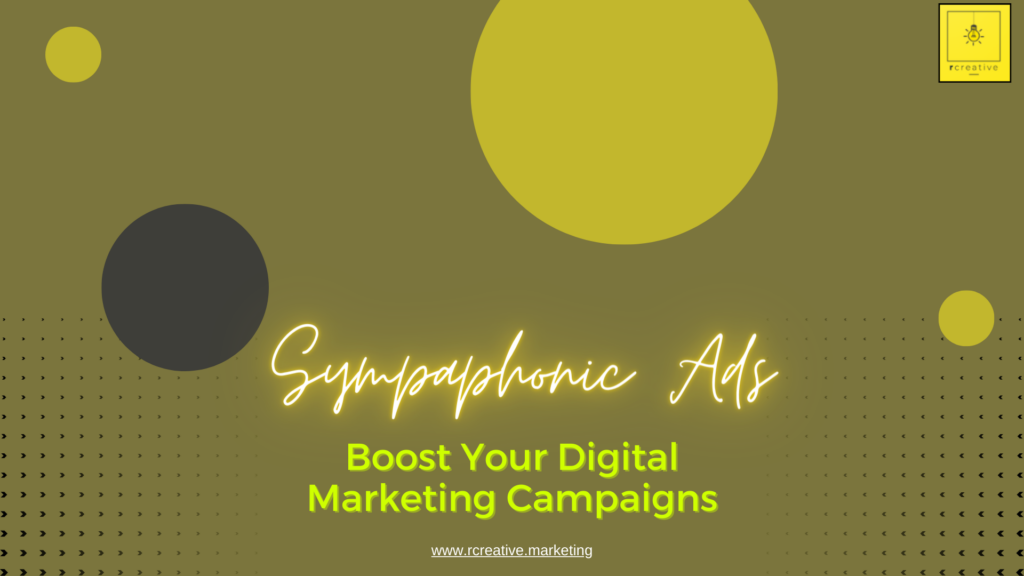Every year, we hear some version of the “blogs are dead” spiel from well-meaning marketers and other people online. But if 2020 has taught us anything, it’s that making broad-sweeping statements about the trends of the following year is, well, not a great thing to build your marketing (or travel or budget or event or…) plans on.
Which makes what you’re about to read maybe seem a little silly. However, after a year where people spent more time learning, socializing, and shopping online than ever before, we feel pretty confident to say that blogging is still very much going to be a thing as we move into 2021.
If you’re not already blogging as a brand owner (or outsourcing the heavy lifting), you may want to consider how adding a blog to your digital marketing plan can simplify your sales funnels and bring clients to your virtual doorstep. Don’t you think you could use a win like that?
We do!
Here are 5 reasons why your business needs a blog in 2021:
1. Boost your local SEO, no matter how weird the world gets
If your business has survived the ups and downs of 2020, you’re probably already aware of how critical it is that your local community knows that you’re there and what you’re doing. Not only are basic credentials, like your location, hours, and phone number essential info that would-be clients want to achieve with a quick Google search, other info, like COVID-19 safety protocol you’re following, adjusted hours and services, and contactless service menus need to be available at people’s fingertips.
It’s not time to step down on the online marketing game if you want to still be in business in 2022. We know that’s a highly unpleasant thought to consider, but the reality is that if your local customers can’t find and interact with you easily online, they’re not going to darken your doorstep, online or otherwise.
An active and informative blog is a gateway to helping new customers become acquainted with your brand and the products or services that you offer. Even if your blog topics are only tangentially-related to your core services, believe that your local readers are going to notice. And if they don’t, the Google fairies (aka algorithms) that determine local SEO will be cataloguing the content every step of the way.
Unfortunately, a number of larger businesses (*cough* Amazon and Target *cough*) haven’t experienced the belt tightening that most small and Main Street-based businesses have during the pandemic. They have money to throw at paid ads — this means that unless someone is searching specifically for your company by name and location, their query may easily get directed to one of your big name competitors.
Let’s face it: the big guys hardly need more business. Instead of your pizza hungry locals searching pepperoni pizza in your area and ending up at the Pizza Hut website, let’s ensure that they get the info they need to order online and get pizza delivery from your brick oven shop.
2. Establish yourself as an expert
When you blog on your business website, you can set yourself up as an expert in your field. Own a contracting company? Start a blog with posts about design trends, safety tips for pets during a DIY home project, and creative ways to enjoy special events in a newly renovated room at home.
Whatever your industry, you can share blog posts with updates after industry conferences (virtual or in person) or ones discussing new trends that impact your customers’ purchasing choices. Use your blog as a place to park your podcast transcriptions and let it become a landing place for fans that might come across your brand on other platforms.
Regardless of your industry, you can always allow your blog to educate – whether you want to educate peers, customers, or students.
Leverage your blog to:
- Definitively answer frequently asked questions
- Demonstrate what makes your business or nonprofit unique
- Teach what you know
Above all, strive to genuinely help your readers by giving away some of your expert knowledge. You have it — why not share it? A “helping first” attitude will come back around to benefit your business in trust, referrals, and continued engagement.
Occasionally, you can also use your blog as a vehicle for sharing important PR updates for your company or to discuss current events related to your industry or the services that you deliver. But don’t make this your main focus, especially if you’re new to your industry — there are other brands that will be covering updates more thoroughly and with greater expertise. Evergreen content is a much better strategy during your initial blogging years.
3. Develop new sales funnels
If your blog isn’t already acting as a powerful sales funnel for your brand, it’s a freeloading moocher. A robust blog can — and should — drive a steady stream of new customers to your online contact forms, product pages, resources, donation pages, or whatever else you need people to do online to support your brand.
If you don’t have a blog in place (or haven’t maintained it for months or years), you’re losing money, plain and simple.
Your blog is like a 24/7/365 salesperson who can provide valuable information and insights that help new clients make the decision to stick around and purchase your products or donate to your cause.
Look, if you had a physical showroom and didn’t hire a salesperson to demo products and close sales, the lost sales would speak for themselves in your bottom line. Having a website without a blog is pretty much the same thing. Don’t sink money into your online showroom and forget to staff the salesperson that will move that product!
4. Create an endless supply of sharable content for other platforms
Is your business on other platforms? Of course it is!
Those platforms — especially your professional social media accounts — are endlessly hungry for new content to show off and engage with your online followers. While the nuts and bolts of the concept are a topic for another post, all of your platforms should act as sales magnets to get your stuff sold. To do that, you need to feed the beast. That means content.
Blog posts are gold when it comes to filling your social media calendar or coming up with fresh content for your virtual homes on other platforms. Not only can you link to posts and drive your social media audience directly to your website, but you can use quotes, pictures, or screenshots from your post to engage your audience on the social media platforms you use. It’s like printing your own money.
Write blog posts with your various audiences in mind and you’ll never have trouble posting relevant info for your followers again. This isn’t to say that you want your blog posts to read like an endless string of tweetable quotes (yikes!), but you do want to consider some easily quotable tidbits that your readers (or social media wrangler) can easily copy/paste to their (your) pages.
Your online marketing strategy should work in tandem to present a similar message and familiar friendly face across your platforms. But you shouldn’t need to reinvent the wheel to make yourself appear a certain way on your site, LinkedIn, Facebook, TikTok, and so forth.
Your blog content can provide a lot of the material you need to flesh out your other platforms. It’s like killing two birds with one stone. But actually, it’s getting two customers with one piece of content. Work smarter, not harder!
Use your blog to boost your multi-platform content marketing strategy by:
- Packing your posts full of long form content, catchy quotes, multimedia, and unique insights.
- Sharing your posts (and snippets) on social media.
- Sending relevant posts to leads when they fit their needs.
- And more
5. Boost your SEO
When it comes to the things you do on your website, there’s always going to be some impact to your SEO rankings. That’s just part of existing online. Some things are good for your SEO, others bad, and still others bad now and good later (SEO is complex). Adding a company blog, or resurrecting an old one, is one action that you can take that can positively impact your SEO score — we’re going to be realistic here: sometimes this takes time.
The idea of boosting SEO is similar to the aforementioned local SEO concept, but a little different. Especially if you’re a national brand or services-based company.
One of the most obvious ways that a blog can assist your SEO goals is that it enables you to write posts that rank your site for certain keywords. Keyword stuffing is for the early ‘00s and the birds. Well-considered keyword placement in blog posts can give you the boost you need to soar through the rankings and get your brand seen on query pages.
Let’s say you run a massage therapy business. You would probably find it difficult to holistically include jam-packed keywords like “self-care during a pandemic” or “best lavender facial masks for college students during finals week” on your homepage or a general services landing page.
However, utilizing these keywords for blog posts and related multi-platform content would allow you to attract different audiences. If someone looking for self-care ideas is already thinking that a new regimen including daily home relaxation and a monthly spa day would improve their life, they might be compelled to contact you to learn more about your massage therapy services.
A blog also helps you to have more content for bots to crawl, more links to post elsewhere online (backlinks are another important part of your SEO strategy), a place for pictures, and so forth. Your blog can provide the rich content that you need for assisting the algorithms to rank your site higher in your various SEO categories.


